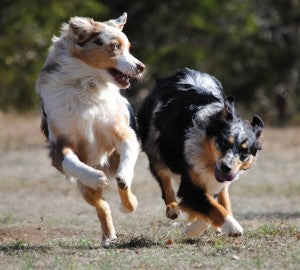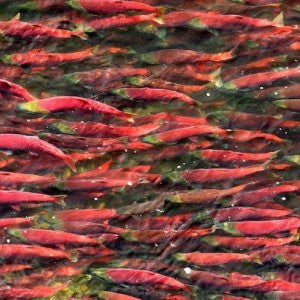“Senior” dog diets
Posted on
Senior dog diets
Dogs are living longer than ever these days, and there are several factors that have influenced this change in the average lifespan of our canine companions. Vaccinations against diseases that were at one time very prevalent and life threatening have allowed many dogs to get past their puppy stages into adulthood. Veterinary care that has advanced,along with their human medicine counterparts, has led to many diseases being recognized and treated properly. All in all, the largest influence on this is the improvement in nutrition for those pets of ours.
One issue with dog diets is the tendency to anthropomorphize the diet of a dog; in essence, feed them much like they were just a small, furry human. But dogs are made differently than us in many ways, and one way they are different is how they are meant to be fueled. Dogs thrive on fat in their diet, while humans require primarily carbohydrates as a fuel source, at a cellular level. Understanding this concept will and has allowed for better feeding strategies for dogs.
Whether the dog is a puppy, adult or a so called “senior” dog, they still have the same requirements to be fed a diet rich in fats, because at a cellular level that is how they best perform; fats are the optimum method of cellular fueling. Protein is needed to maintain and assist in muscle maintenance, and not used as a fuel. The carbohydrate requirement for the dog is also very low, often considered, at most, in the range of 10% of calories fed.
So what does all this mean? It means that as a dog ages, they typically do best on a diet that is still high in fats and the essential fatty acids, plus has a high enough amount of protein to encourage muscle maintenance.

Unfortunately, many diets on the market are geared toward the senior dog being envisioned (anthropomorphized) as an older human. Low fat, low protein and higher carbohydrates tend to lead to a dog that will still greet the owner at the door, but will often be sluggish, have a poor haircoat, start to show signs of cognitive dysfunction and undergo muscle atrophy.
So what might be the best type of diet for an older dog with no underlying health conditions? A diet that has a fat concentration in the 16% range and also contains a high level of omega 3 fatty acids from fish. Why high levels of omega 3s from fish, you ask? Because these fats act as an anti inflammatory and can help with arthritis, can assist with the prevention of cognitive disorders or minimize their effects, are highly palatable, and can be healthy for both kidney function and heart health, to name just a few.

Protein levels should be in the 26% or better range and consist of highly digestible animal based proteins. Maintaining an older dogs’ muscle mass greatly aids with locomotion, plus helps to keep the dog lean. They also assist with keeping them interested in their food.
Antioxidants play an important part in the diet of a dog as they age as well, as many factors tend to lead to various inflammatory states or conditions such as arthritis, obesity, allergies, inflammatory bowel disease, kidney disease and cancer. A diet rich in ocean fish or fish oil can help supply antioxidants, and they can be added separately. A few examples are vitamin E, astaxanthin, krill oil or resveratrol.

Older dogs usually do not automatically need a change in the diet once they cross an arbitrary age, but each animal needs to be scrutinized to determine if there is a health condition that may necessitate a particular food recommended by your veterinarian. In most cases, though, that dog needs just less of the food he or she was thriving on, as they start to slow down, to guard against getting overweight. I have seen many a 14 year old dog still on a high fat/high protein diet acting just like a puppy. Give it a chance and you will most likely see just the same thing with your pooch.